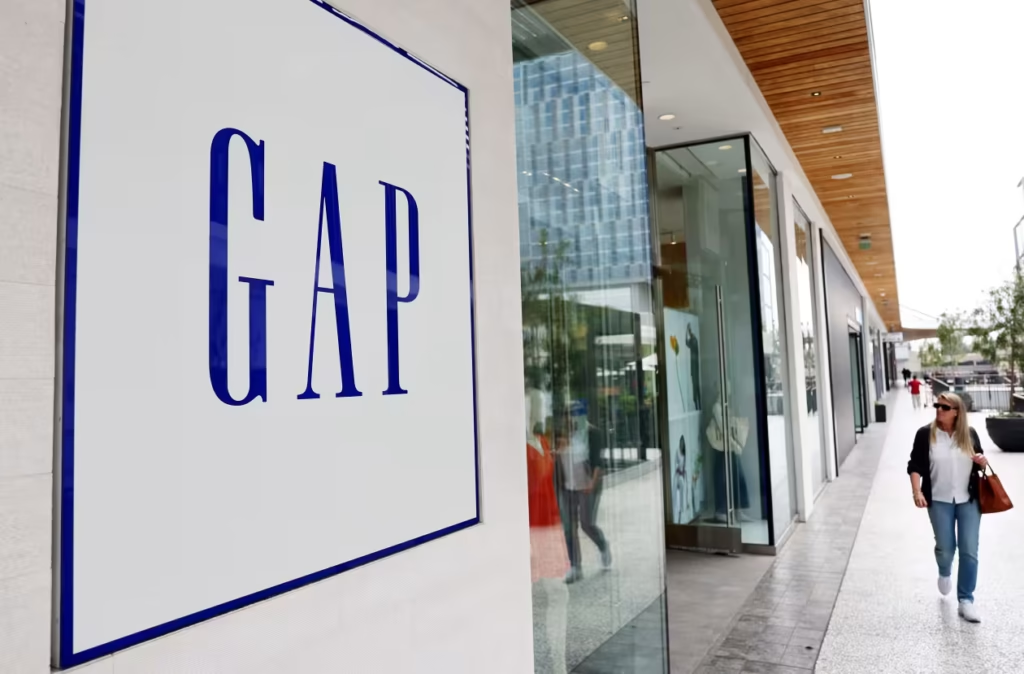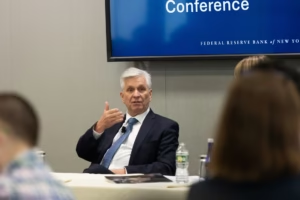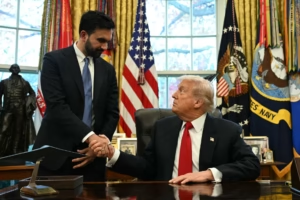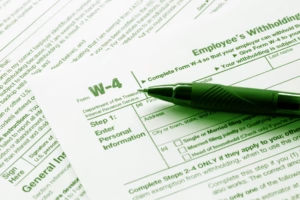Late Thursday, investors were more concerned about Gap Inc.’s estimate for flat current-quarter sales and steadfast difficulties for the Banana Republic and Athleta brands than they were with the retailer’s higher-than-expected sales and profit.
The stock (GAP) fell 16.5% in premarket trade on Friday as a result of that concern, heading for its worst one-day performance in three years. Additionally, the stock was on course for its largest weekly drop in five years as it headed for a fifth consecutive decline.
Gap maintained its 2025 outlook, but stated that it did not account for the possible effects of tariffs. The company predicted flat sales for the fiscal second quarter, while Wall Street anticipated modest growth.
Additionally, the retailer’s fiscal first-quarter results were largely better than anticipated.
Chief Executive Richard Dickson told investors on a call after the results that “we are lapping the early stages of our transformation and our two largest brands, Gap and Old Navy, are winning in the marketplace.” According to him, both brands experienced growth in all economic brackets.
According to Gap, the Trump administration’s tariffs, which are now pending due to a few court rulings, would result in significant additional expenses of between $250 million and $300 million.
Without going into greater detail, the corporation claimed to have “strategies” in place to minimize more than half of that amount.
After accounting for that, Gap stated that it expects its operating income for fiscal 2025 to be affected by an additional $100 million to $150 million, with the majority of that impact occurring in the second half of the year.
The business has been “successfully diversifying” its sourcing for years, Dickson stated on the call. According to him, China, which was once one of Gap’s top sourcing nations, accounted for less than 10% of product sourcing last year. According to the executive, it is probably going to be less than 3% by the end of 2025.
Vietnam and Indonesia accounted for 27% and 19% of product sourcing last year, respectively, while the majority of other nations constitute less than 10%, according to Dickson.
“Our goal is for no country to account for more than 25% by the end of 2026,” he stated.
Gap’s fiscal first-quarter sales of $3.5 billion were 2% higher than the same period last year and exceeded the $3.5 billion sales forecast by FactSet. According to Gap, same-store sales increased 2% annually.
While internet sales increased 6% over the previous year and accounted for approximately 40% of total net sales, store sales remained unchanged from the previous year.
Sales of its dominant Old Navy brand reached $2 billion, a 3% increase from the previous year. Compared to the same period last year, sales at the namesake Gap brand increased by 5%.
At Banana Republic and Athleta, however, the situation was different, with quarterly sales declining by 3% and 6%, respectively. According to the company, Gap has made efforts to “reset” Athleta, but it will take time. Banana Republic’s “improving fundamentals” was the focus.
In contrast to Wall Street’s forecast of 44 cents per share, the retailer made 51 cents per share during the quarter.
The stock had up almost 18% through Thursday, outpacing the S&P 500 index SPX, which has gained 0.5% so far this year, prior to the selloff on earnings.





